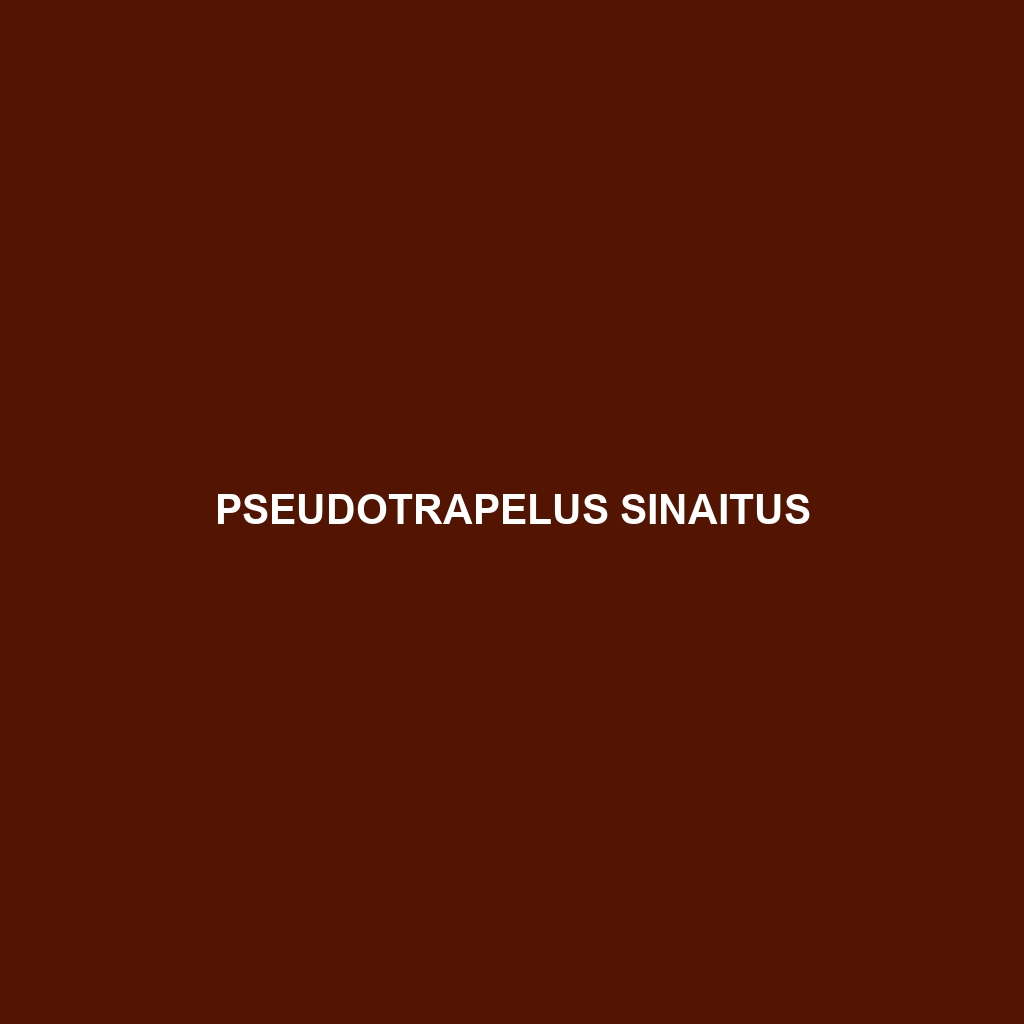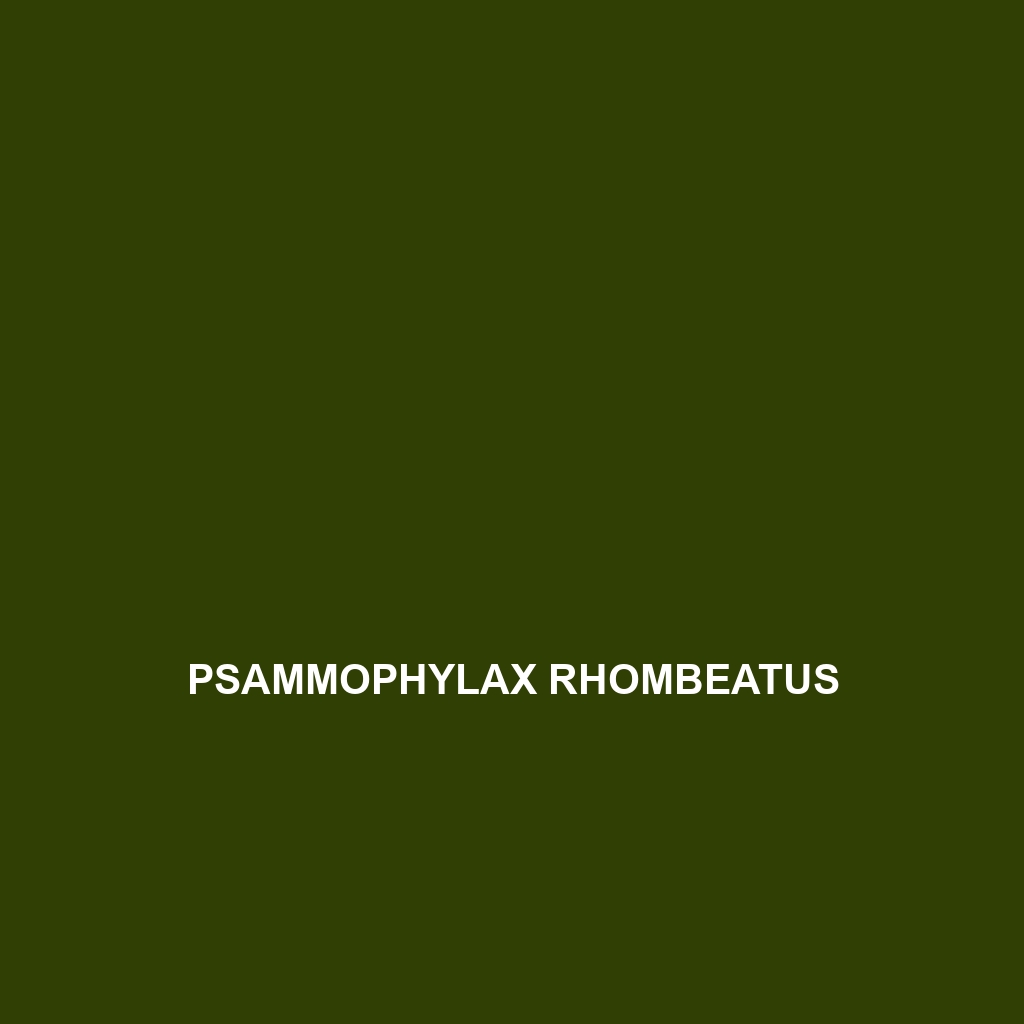Discover the fascinating <b>Pseudotrapelus sinaitus</b>, also known as the Sinai Agama, a resilient lizard native to the arid regions of northeastern Africa, showcasing vibrant colors in males and a primarily insectivorous diet. With impressive climbing abilities and distinct social behaviors, this species plays a vital role in maintaining ecological balance in its desert habitat.
Tag: IUCN conservation status
Pseudonaja nuchalis
<p><b>Pseudonaja nuchalis</b>, known as the Western Brown Snake, is a highly adaptable species native to southeastern Australia. With a slender body reaching up to 2 meters and a diet primarily consisting of small mammals, this diurnal snake plays a crucial role in controlling local rodent populations while thriving in diverse habitats, including urban areas.</p>
Pseudocordylus langi
<p><b>Pseudocordylus langi</b>, commonly known as Lang's girdled lizard, is a striking insectivorous lizard native to the temperate forests and grasslands of southern Africa, characterized by a robust body, cryptic coloration, and a unique ability to blend into rocky terrains. This diurnal species thrives in rocky habitats, exhibits interesting social behaviors, and plays a crucial role in its ecosystem by controlling insect populations and serving as prey for larger predators.</p>
Pseudocophotis kontumensis
<b>Pseudocophotis kontumensis</b>, a medium-sized reptile native to the rainforests of Vietnam, displays captivating green coloration with yellow and black markings. Known for its nocturnal behavior and carnivorous diet, this vulnerable species plays a crucial role in maintaining the ecological balance of its habitat.
Pseudoboa nigra
<p><b>Pseudoboa nigra</b>, also known as the black false boa, is a striking serpent native to Central and South America, characterized by its slender body, dark brown to nearly black scales, and impressive climbing ability. This species plays a vital role in its ecosystem by regulating prey populations and serves as a unique addition to any reptile enthusiast's collection.</p>
Pseudemys concinna
<p><b>Pseudemys concinna</b>, commonly known as the pond slider, is a versatile turtle native to the southeastern United States, thriving in a variety of freshwater habitats. These omnivorous turtles exhibit distinct yellow stripes, can grow up to 12 inches, and play a crucial role in maintaining aquatic ecosystem health.</p>
Pseudechis rossignolii
<strong>Pseudechis rossignolii</strong>, commonly known as Rossignol’s black snake, is a moderately sized, nocturnal snake found in the lush rainforests and wet savannas of northeastern Australia. Characterized by a glossy black exterior and a striking yellow-orange belly, it plays a vital role in maintaining ecological balance by preying on small mammals, birds, and reptiles.
Pseudechis butleri
Butler's Black Snake (Pseudechis butleri) is a large, agile elapid native to the humid tropical and subtropical regions of eastern Australia. Known for its glossy black scales and fascinating nocturnal behavior, this snake plays a crucial role in maintaining ecological balance as a predator of small mammals and birds.
Pseudalsophis biserialis
<b>Pseudalsophis biserialis</b>, commonly found in Central and South America’s lush rainforests and savannas, is a slender, agile snake characterized by its striking black and yellow or cream bands. This nocturnal predator primarily feeds on small mammals, birds, and amphibians, playing a vital role in its ecosystem.
Psammophylax rhombeatus
<b>Psammophylax rhombeatus</b>, or the Rhomboid Sand Snake, is a nocturnal predator that thrives in sandy savannas and temperate forests across Africa. Known for its elongated body, distinct rhomboid markings, and excellent burrowing abilities, this species primarily feeds on small vertebrates and plays a crucial role in its ecosystem.









